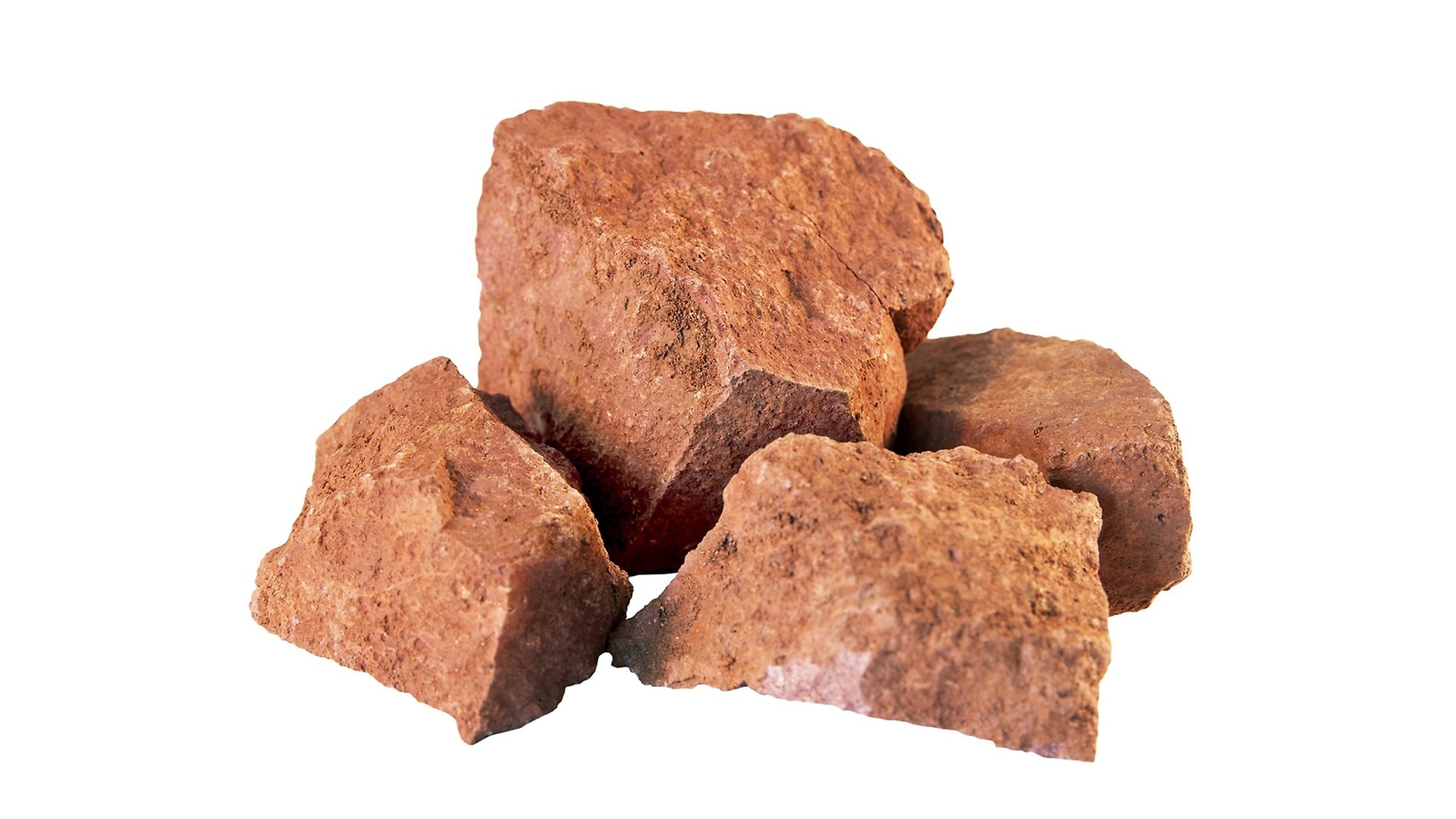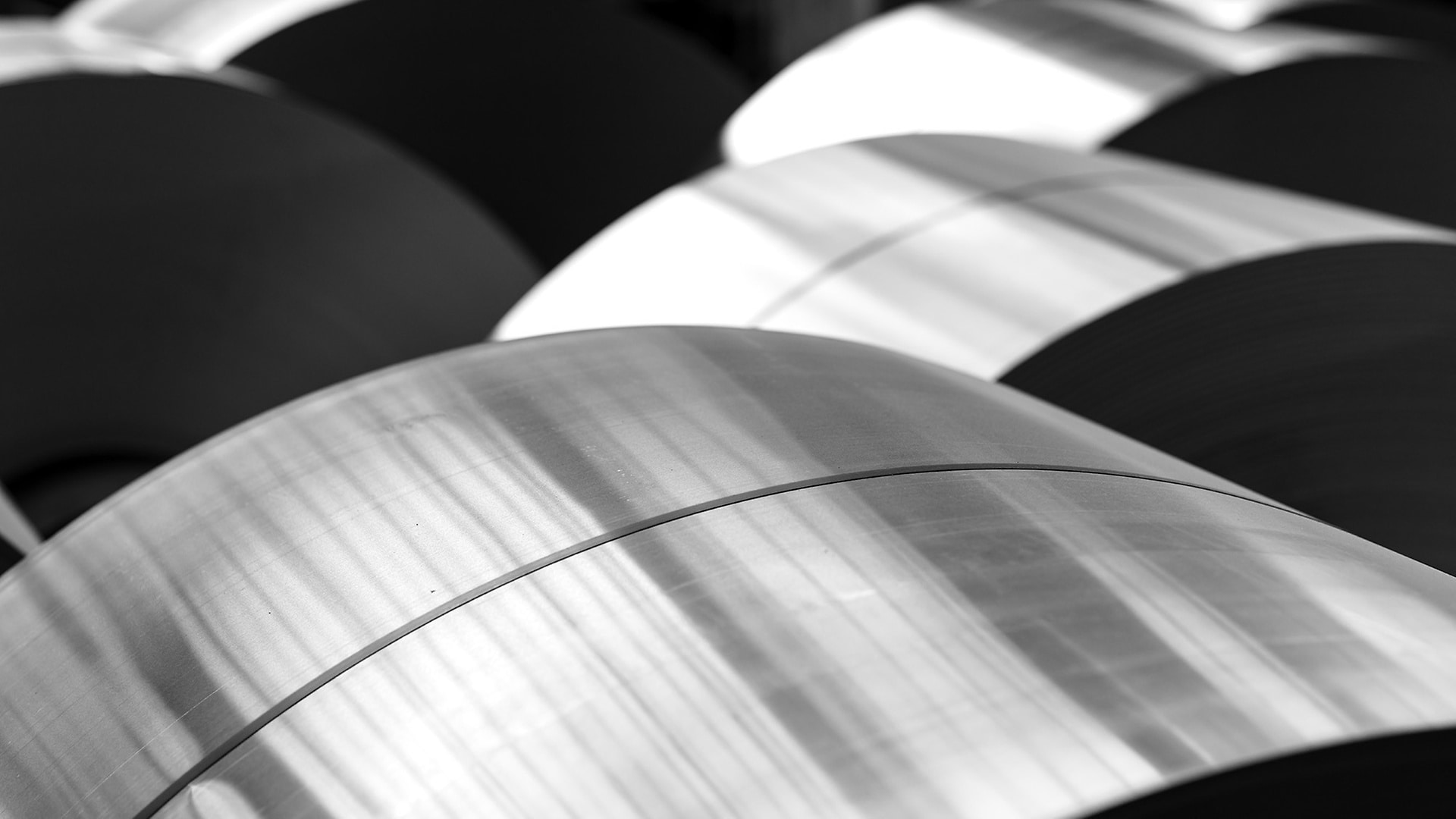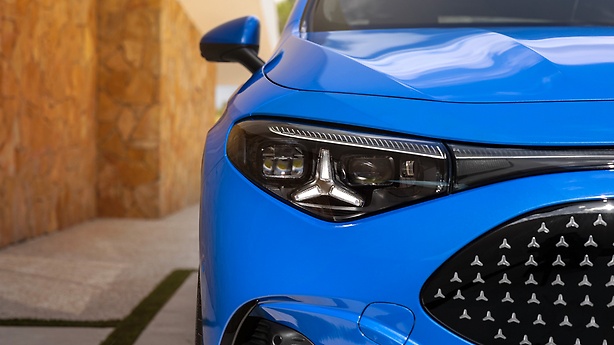Occurrence, extraction, production
Aluminium is the third most common element and the most common metal in the earth's crust and, on top of that, the most widely used light metal. Due to its reactive character, it is only found in bound form, for instance as oxide, hydroxide or silicate. The only economically important aluminium ore for further processing into aluminium is bauxite. The red rock was formed from the weathering of various, mostly magmatic rocks and consists of various aluminium oxide and hydroxide compounds such as gibbsite, boehmite and diaspore.
The largest mining areas for aluminium-bearing soils are located in Australia, Brazil, Guinea and China. Deposits for bauxite are mostly shallow and close to the surface. The deposits can be found two to ten meters below the earth's surface. Due to the storage conditions, bauxite is mainly extracted in opencast mining. Usually, the removed layers of earth are then backfilled for recultivation.
From bauxite to primary aluminium
The bauxite is first ground and mixed with caustic soda. In this first step, the aluminium hydroxide compounds contained in the ore are split off, separated from foreign substances and subsequently burned to aluminium oxide.
In order to break down the aluminium oxide into its components, it is then dissolved in a cryolite melt and subjected to a high direct electrical current. This causes liquid aluminium to settle at the bottom of the electrolysis furnace. The oxygen combines with the graphite of the anode to form carbon dioxide. The process of electrochemical fused-salt electrolysis is very energy-intensive.
On average, 15 megawatt hours of electricity are required for one tonne of primary aluminium. That's about as much as an average household consumes in four years.
,xPosition=0,yPosition=0.5)


,xPosition=0.5,yPosition=0)
,xPosition=0.5,yPosition=0)
,xPosition=0.5,yPosition=0)
,xPosition=0.5,yPosition=0)